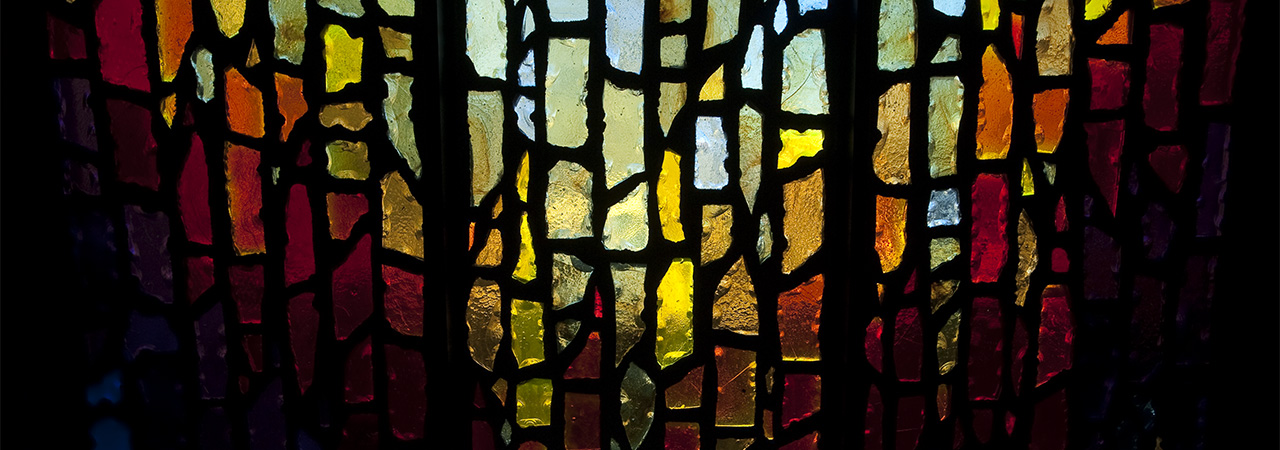
Deep in the roots of the Judeo-Christian tradition is a connection between ashes and penance. Ashes are a way of humbling oneself before God to acknowledge actions or behaviors that have drawn one away from God. The Season of Lent for the Christian community is a time of preparation for celebrating Easter, the celebration of Jesus’ resurrection from the dead. As a part of that preparation, Christians focus in on renewing their relationship with God. The season starts and retains a note of penance as a way of acknowledging that it is our pulling away from God that is the reason for our need for renewal.
The use of ashes as a preparation for the Lenten season of penance and renewal reaches back to the early Christian communities. Often the ashes would be sprinkled on the top of a person’s head, which is a tradition that continues today in some parts of the world. Somewhere along the way this transitioned into the application of the ashes in the shape of the cross on the forehead of the penitent – a way to connect their walk of renewal with the suffering and death of Jesus.
Once applied, an individual is not required to keep the ashes on their forehead all day. However, many do as a way of offering a witness to their commitment to their faith and an encouragement to others in their own walk of faith. It also invites questions that provide opportunities to talk about faith and the Christian way.
University of Portland
5000 N. Willamette Blvd.,
Portland, Oregon 97203-5798
503.943.8000
This website uses cookies to track information for analytics purposes. You can view the full University of Portland privacy policy for more information.
